Our Lady of Mercy, Brownsville, celebrated Garifuna Settlement Day in style. The holiday commemorates the arrival in 1802 of the Garifuna people in Belize, Central America, after being exiled by the British Army from the Grenadine Islands in the Caribbean. While the Garifuna people mostly settled in Belize, some also made their homes in Honduras, Guatemala, and Nicaragua.
The Mass was mostly celebrated in the Garifuna language including an opening blessing from the pastor, Father Edward Mason. Bishop Lawrence Nicasio of the Diocese of Belize City was the main celebrant of the Mass.
The holiday in Belize is Nov. 19 but the Brooklyn parish celebrated Nov. 12 to take advantage of the bishop’s presence in New York.
Bishop Nicasio, only the second Garifuna Catholic Bishop in Belize, also celebrated the baptisms of two young children during the Brooklyn liturgy.
“We must never forget who we are and where we come from. We are here today to celebrate our people and ancestors,” said Bishop Nicasio. “Our ancestors sacrificed everything for us and we must appreciate that sacrifice.
“We gather here today as one people and one family with God. I pray for the Garifuna people wherever they may be. If that is Belize or New York, my prayers are with you. I ask that you remember to celebrate our culture and celebrate in our language. We speak loud and are proud of that. I hope today that I can inspire some young Garifuna men to hear the call and consider the priesthood to continue the faith and culture.”
Jason Elijio, a life-long parishioner, said he is proud of his heritage.
“To have someone from our ethnic group who is one of so few of the Garifuna people to represent the Church here to celebrate the Mass is really special,” he said.
“So many people are gathering here today. People always want to participate and take part and there is a mixture of people from all over. I am just so happy to be able to take part. I am so happy to see so many people come out and help us celebrate today.”
Herman Longsworth, Consul General of the Consulate General of Belize to the United Nations, was in attendance and he told the congregation, “Our people came to the shores of Central America and made their impact. I ask you to remember where you are from. We celebrate being Garifuna but also we are Belize.
“If you are from Honduras or Guatemala, then remember you are Honduran or you are Guatemalan. We have people here in New York, so we are the United States and we will always spread our culture and love.”
Assemblywoman Latrice Walker, who was born in Brownsville, added, “Today is always a beautiful service. You give me inspiration to carry on a culture and a belonging that so many people may not know. Growing up in America so much of our culture from other countries gets overlooked. Each and every time I can attend this service, Garifuna mothers remind me of who I am and where I belong.”

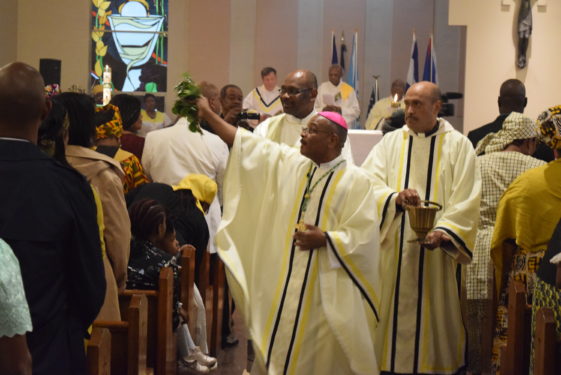
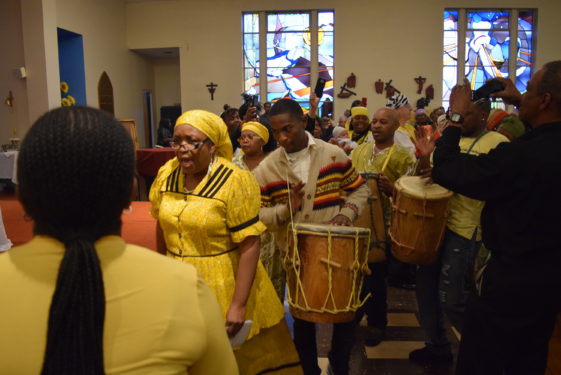
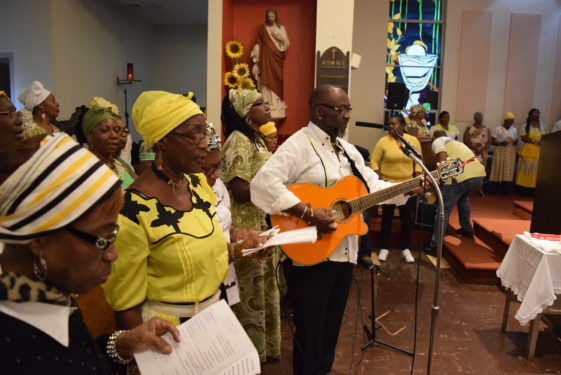
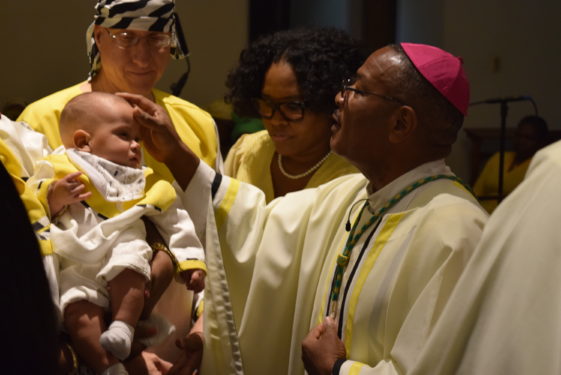
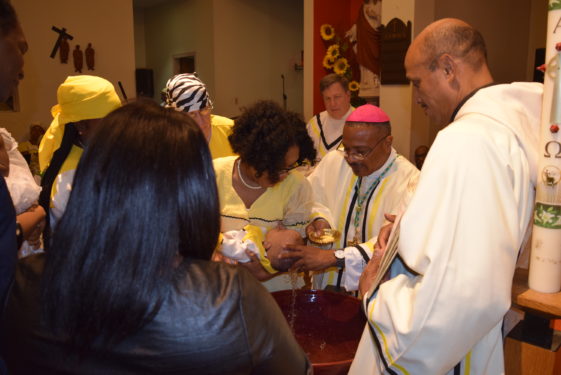
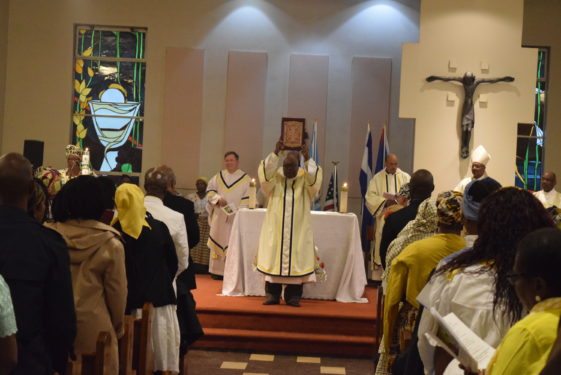
The majority of Garifuna people are NOT settled in Belize. Belize has an estimated 12,000- 15,000 Garifuna, , while Honduras is home to an estimated 150,000-250,000 Garifuna. The largest Garifuna concentrations are in Honduras, United States, Belize, Guatemala and Nicaragua, in that order. Unfortunately, as only the Garifuna population in Belize uses English as a primary language, there is a common misrepresentation of the population being mainly in Belize. The other populations are chiefly Spanish speaking.
The Garifuna Settlement Day in Belize of November 19th was invented in 1941 by T.V, Ramos, a Honduran native and teacher who immigrated to Belize, to encourage the integration of Garifuna immigrants into Belizean society and recognize their contributions to the colony, where they faced significant discrimination.
The actual Garifuna Settlement Day of ALL Garifuna in Central America is April 12th. It was April 12th, 1798 that the Garifuna people arrived in Central America. I appreciate the author’s coverage of our culture, but feel a need to correct the inaccurate information, especially as I am directly quoted in this article. Thank you.